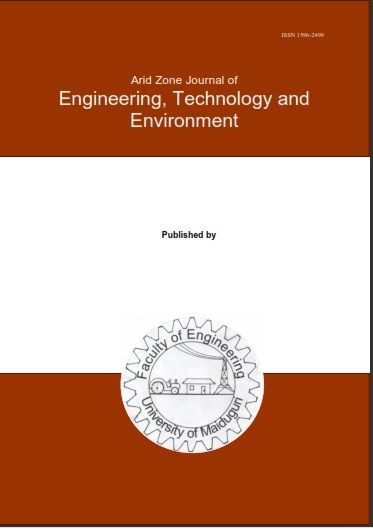Abstract
This study presents a hybrid energy harvesting system for Unmanned Aerial Vehicle (UAV), that integrates solar power and hydrogen fuel cells to enhance flight performance. The study commenced with the analysis of the case study UAV flight power design specifications using analytical methods. the estimation of number of solar cells and the hybridization of the solar and hydrogen fuel cells. A Computer Aided Design (CAD) model of the solar cell arrangement is created using industrial software which enables the visualization of the arrangement on the wing in a virtual environment. The mission performance analysis was carried out using Excel tool and Matrix Laboratory (MATLAB). The redesigned system increased available power to 580 Watts with a weight penalty of 1.5 Kg thereby reducing the payload mass from 4.627 kg to 3.085 kg. To assess the structural implications of this result, a stress analysis was performed using Computer Aided Three-dimensional Interactive Application (CATIA) and Abaqus software which revealed a negligible failure index of 0.000757. The hybrid system achieved a 120% increase in power that extended the endurance from 4.2 hours to 16.3 hours and the range from 6 km to 230 km. The design offers a promising solution for enhanced UAV performance.

This work is licensed under a Creative Commons Attribution-NonCommercial-NoDerivatives 4.0 International License.
Copyright (c) 2025 ARID ZONE JOURNAL OF ENGINEERING, TECHNOLOGY AND ENVIRONMENT

